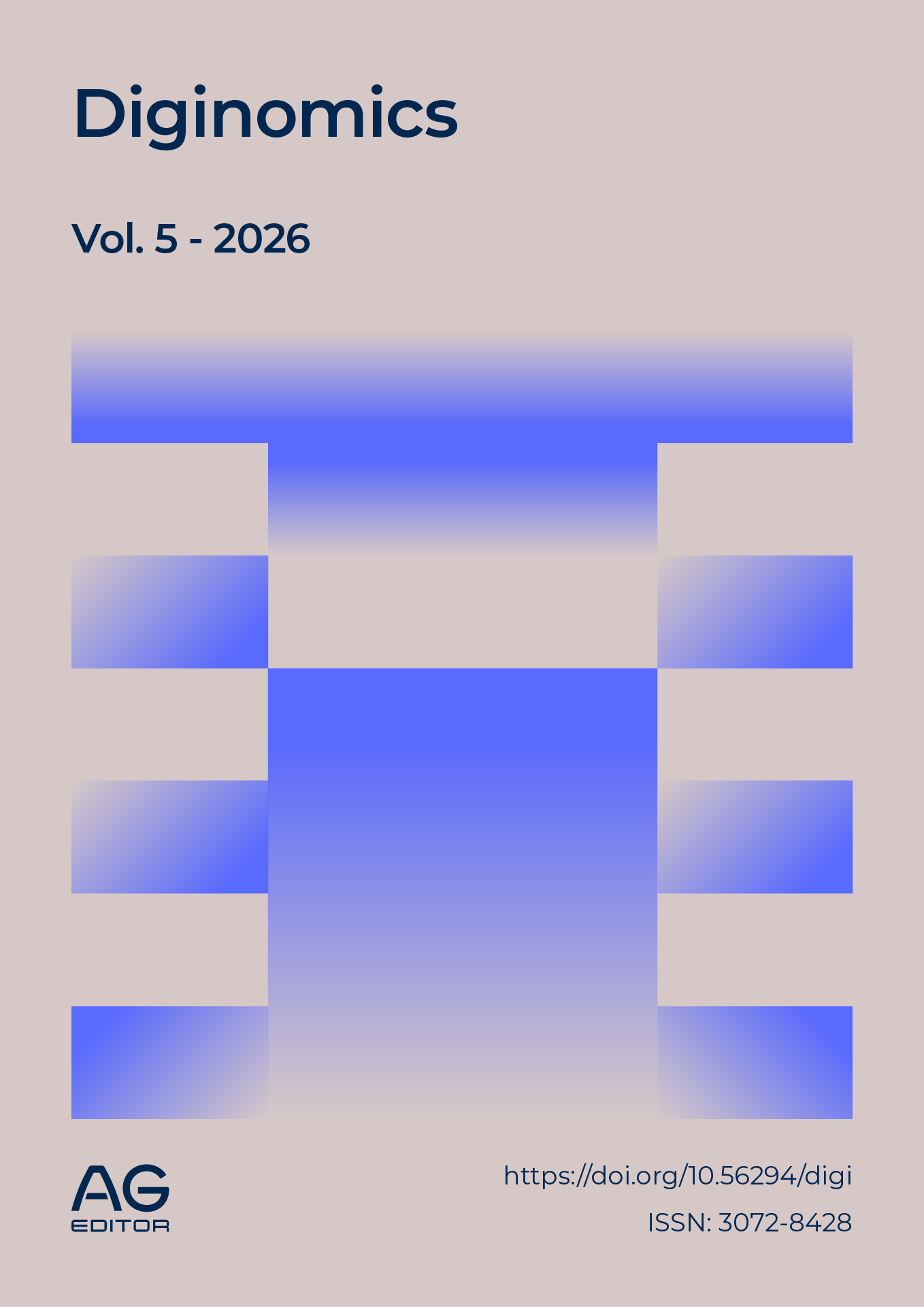E-commerce and market research as fundamental tools for Ecuadorian business expansion in the digital era
DOI:
https://doi.org/10.56294/digi2026281Keywords:
electronic commerce, market research, business growth, brand positioning, competitiveness, digital eraAbstract
This review article addressed the critical necessity for Ecuadorian businesses to integrate electronic commerce (e-commerce) and market research to ensure their expansion in the digital era. The study aimed to analyze the fundamental importance of these strategies as indispensable tools for business growth and brand positioning. A bibliographic review methodology was employed, restricting the search to research published after 2019 in specialized databases such as Scopus and Web of Science. The critical analysis focused on the evolution of e-commerce, tracing its origins from Electronic Funds Transfers (EFT) in the 70s to its modern B2C and B2B models, and the evaluation of key strategic tools, including the PETSA Macroenvironmental Analysis and Porter's Five Forces. E-commerce, defined as an electronic commercial transaction, was determined to be crucial for increasing productivity and profits. However, it was identified that the lack of an online store hindered the collection of vital customer data (habits, preferences), a deficiency that, alongside the absence of proper market research, was confirmed as the main cause of business failure. Despite Ecuador reporting 75.6% active internet users, the review concluded that sustained business growth intrinsically depended on the rigorous application of e-commerce theoretical foundations and market intelligence to achieve differentiation and brand positioning in a highly competitive environment.
Published
Issue
Section
License
Copyright (c) 2026 Gabriela Jamileth Guerrero Vidal , Susgein Julissa Miranda Cansing (Author)

This work is licensed under a Creative Commons Attribution 4.0 International License.
The article is distributed under the Creative Commons Attribution 4.0 License. Unless otherwise stated, associated published material is distributed under the same licence.





